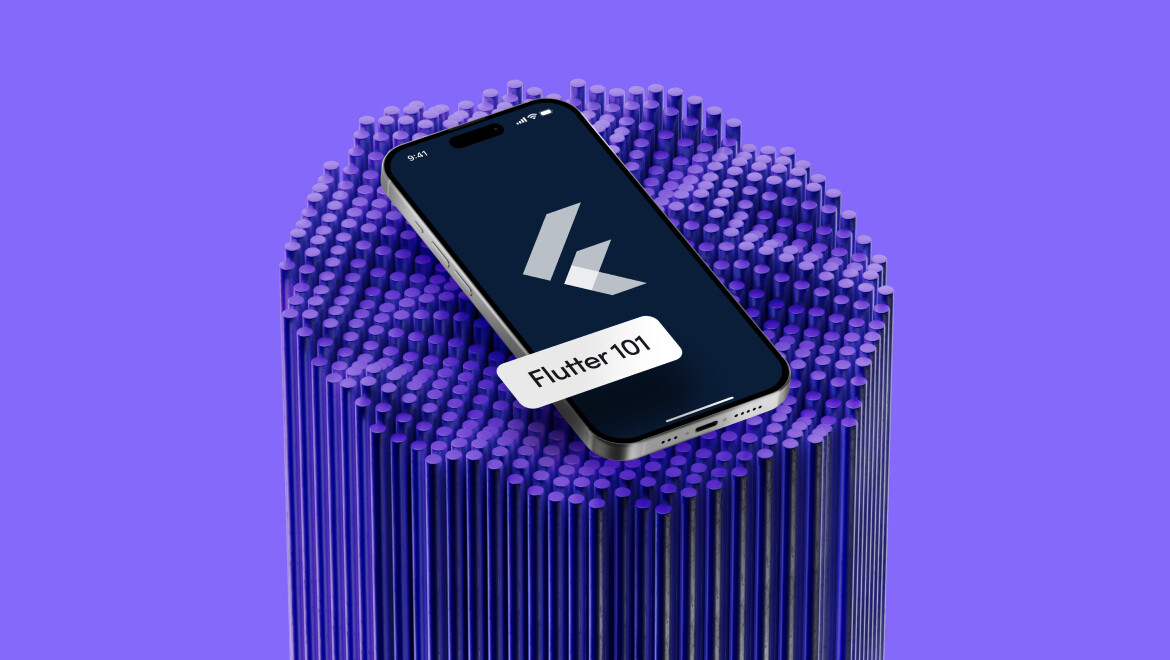- Home
- Flutter 101
- Firebase Integration in Flutter


Firebase Integration in Flutter
Firebase Integration in Flutter
Firebase Integration in Flutter
Firebase integration in Flutter refers to the process of connecting a Flutter app with Firebase, a powerful cloud-based backend platform, to enable various features like authentication, real-time databases, cloud functions, and more. Firebase serves as a one-stop solution for handling backend services, while Flutter is a popular UI toolkit for building cross-platform apps. By integrating Firebase into a Flutter app, developers can enhance the app’s functionality without needing to manage the backend infrastructure manually.
Steps for Firebase Integration in Flutter:
- Set Up Firebase: Start by creating a Firebase project from the Firebase Console. After that, add the necessary configurations for both Android and iOS platforms, such as google-services.json (for Android) and GoogleService-Info.plist (for iOS).
- Install Firebase SDK for Flutter: Add Firebase dependencies in the Flutter project by including the necessary packages, such as firebase_core and firebase_auth, in the pubspec.yaml file. These packages help establish the core Firebase connection and handle various Firebase services.
- Configure Firebase Services: Once Firebase is integrated, you can set up specific services based on your app’s needs, such as:
- Firebase Authentication for user login and sign-up (via email, Google, or Facebook).
- Cloud Firestore or Firebase Realtime Database for storing and syncing app data.
- Firebase Cloud Messaging (FCM) to send push notifications to users.
- Firebase Analytics to track user engagement and behavior.
Benefits of Firebase Integration in Flutter:
- Cross-Platform Support: By using Flutter and Firebase, you can manage one codebase for both Android and iOS apps, reducing development time and effort.
- Real-Time Data Syncing: Firebase Realtime Database and Firestore allow real-time data syncing between users, making them ideal for chat apps, live updates, and collaborative features.
- Scalability: Firebase handles the scaling of backend services automatically, so you can focus on building features without worrying about infrastructure.
- Secure User Authentication: Firebase Authentication offers various secure login methods (email/password, Google, Facebook, etc.) and supports managing user sessions efficiently.
- Push Notifications: Firebase Cloud Messaging allows developers to send push notifications to re-engage users with ease.
For more Flutter benefits, head over to our article.
Incorporating Firebase integration in Flutter simplifies the development of feature-rich mobile apps by providing a robust backend system. Whether you are creating a small application or a scalable service, the Firebase and Flutter combination offers a seamless solution for app development. Discover the top 25 applications made with Flutter for inspiration!
Ready to discover more terms?





